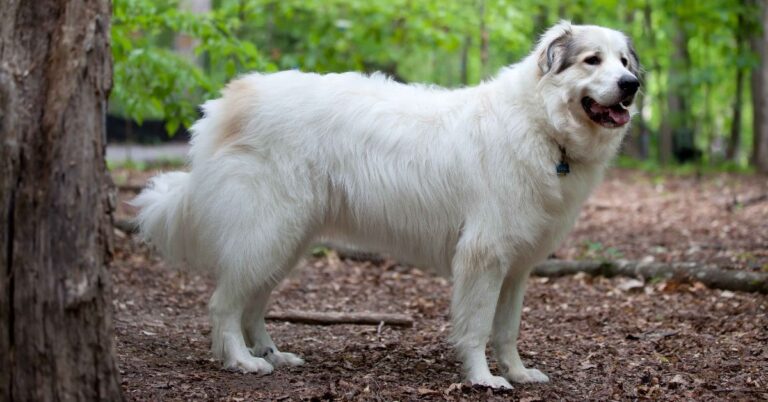15 Dog Breeds People Choose for Looks—And Regret Within a Year

Some dogs are Instagram stars, others are movie icons, and some are just plain adorable. But looks can be deceiving. Many of the most photogenic breeds come with intense needs, like emotional, physical, or financial, that catch first-time or casual dog owners completely off guard. Here’s what often happens after the puppy glow wears off.
Dalmatian
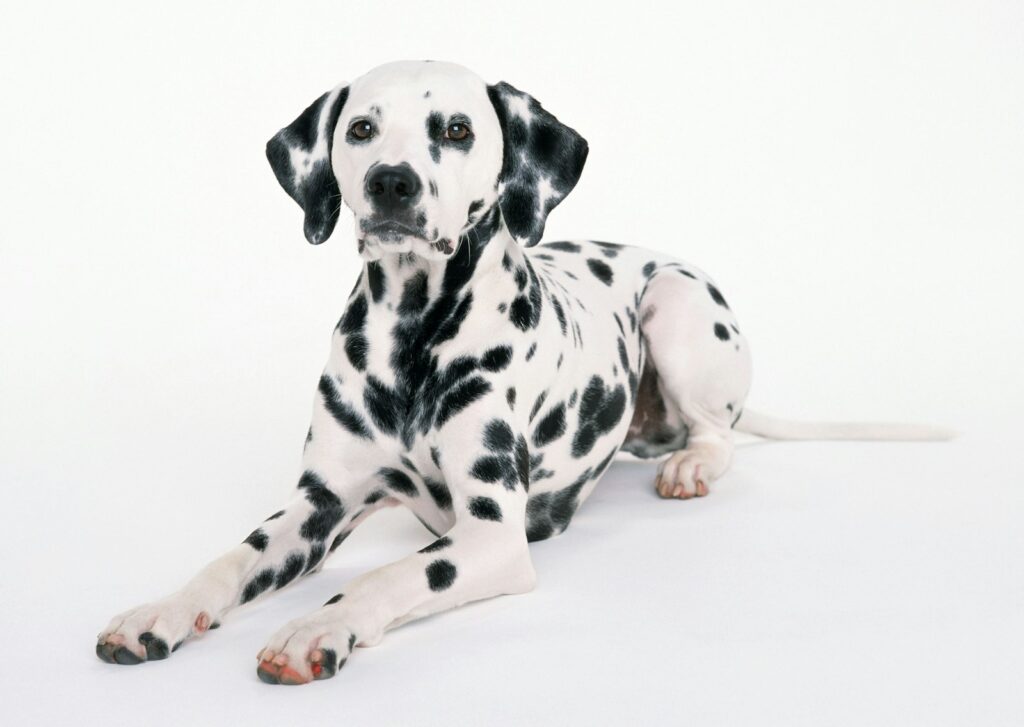
Those iconic black-and-white spots make Dalmatians an instant eye-catcher, but they come with unpredictable temperaments, intense energy, and high sensitivity. Many suffer from hereditary deafness and require firm, consistent training. Their stamina is built for working, not lounging. A bored Dalmatian becomes destructive fast, and many owners find they’re not equipped for the chaos that follows.
Chow Chow
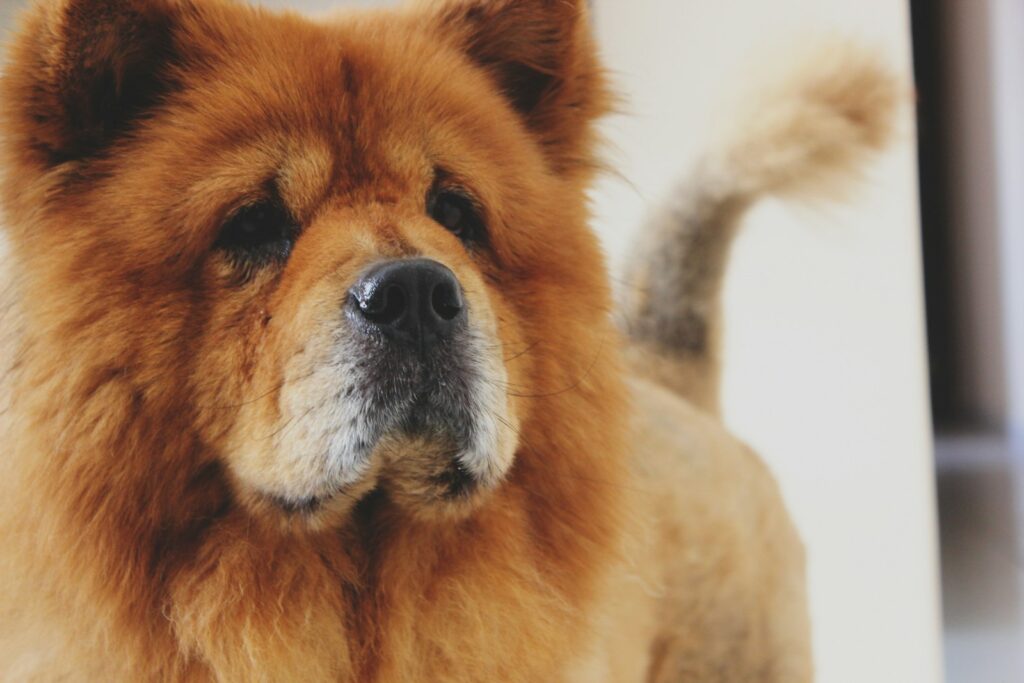
They look like living teddy bears, but their aloof, independent personalities make them difficult companions. Chows don’t bond easily, often dislike being touched, and can be territorial or even aggressive without proper training. Combine this with thick fur that mats easily and needs frequent grooming, and many people find themselves overwhelmed and disconnected from the dog they thought would be cuddly.
Siberian Husky
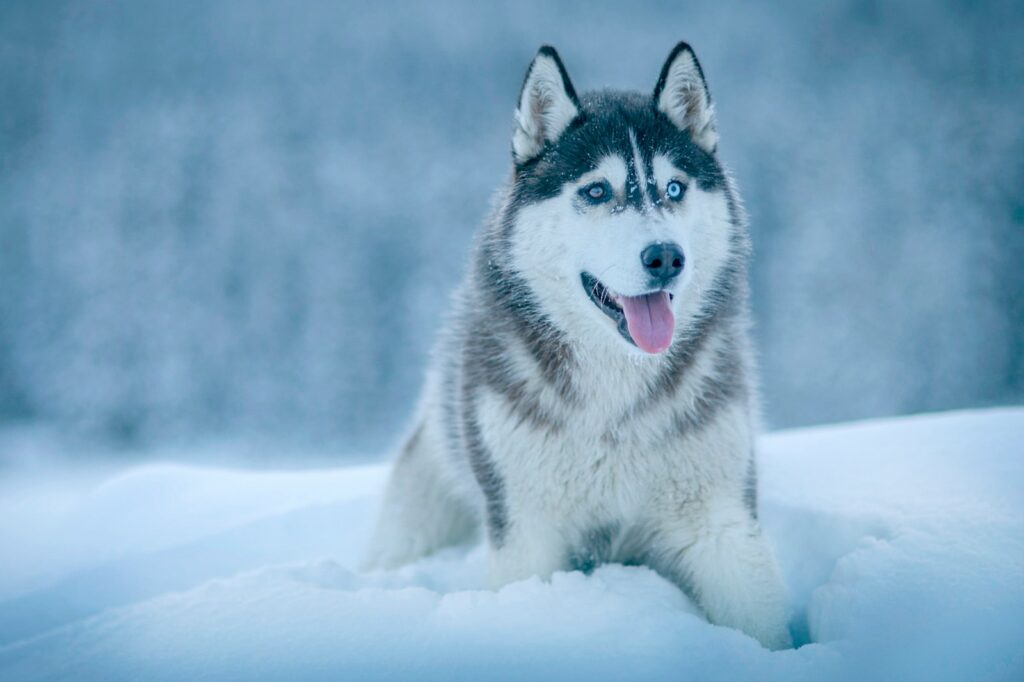
That wolfish beauty hides one of the most demanding temperaments in the dog world. Huskies are escape artists, talkers, diggers, and relentless in energy. They’re also independent thinkers, which makes training a challenge. Many people fall for the look without realizing just how much daily exercise and mental stimulation these dogs need, resulting in chewed furniture and dashed expectations.
Afghan Hound
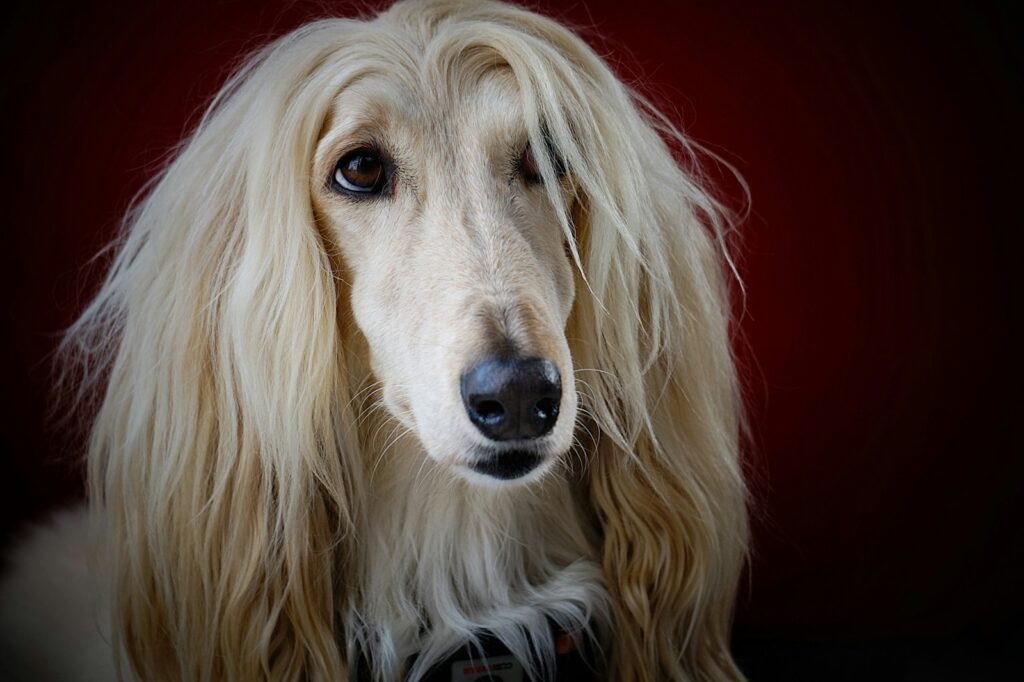
Elegant and mysterious, Afghan Hounds are often chosen for their model-like appearance. But they’re notoriously aloof, difficult to train, and need constant grooming. Their silky coat tangles easily, requiring hours of care or expensive professional grooming. Most don’t crave affection either, which can leave owners feeling rejected and disillusioned after choosing them for beauty.
French Bulldog
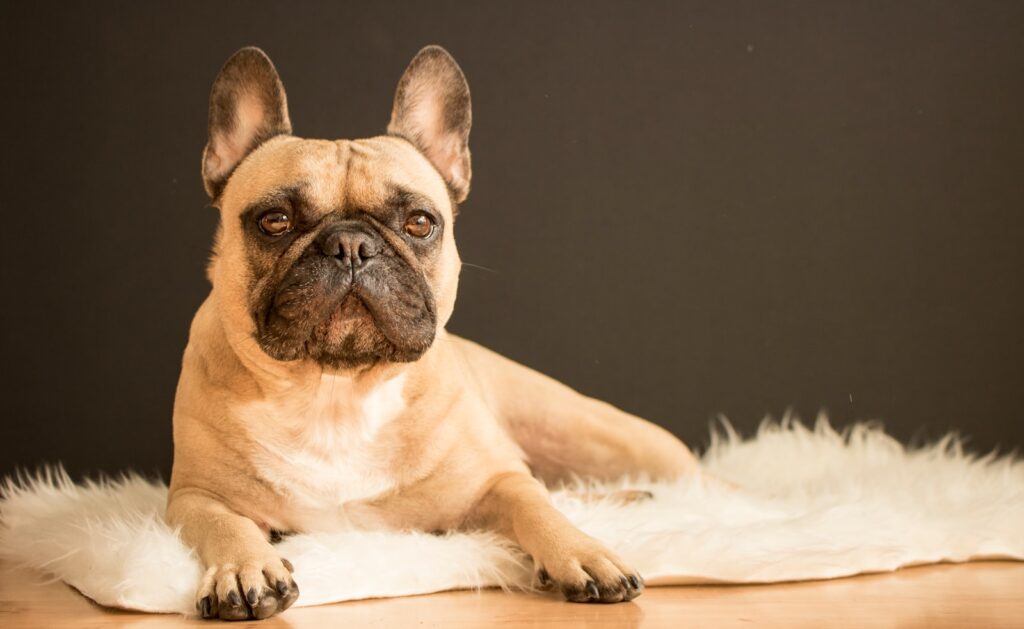
They’re cute, expressive, and trendy, but Frenchies come with a long list of health issues. Breathing problems, joint disorders, and chronic skin conditions are common, with many needing surgery just to function normally. They also overheat easily and have limited energy. What looks like an easygoing companion can become an expensive, emotionally draining medical project within a year.
Pomeranian
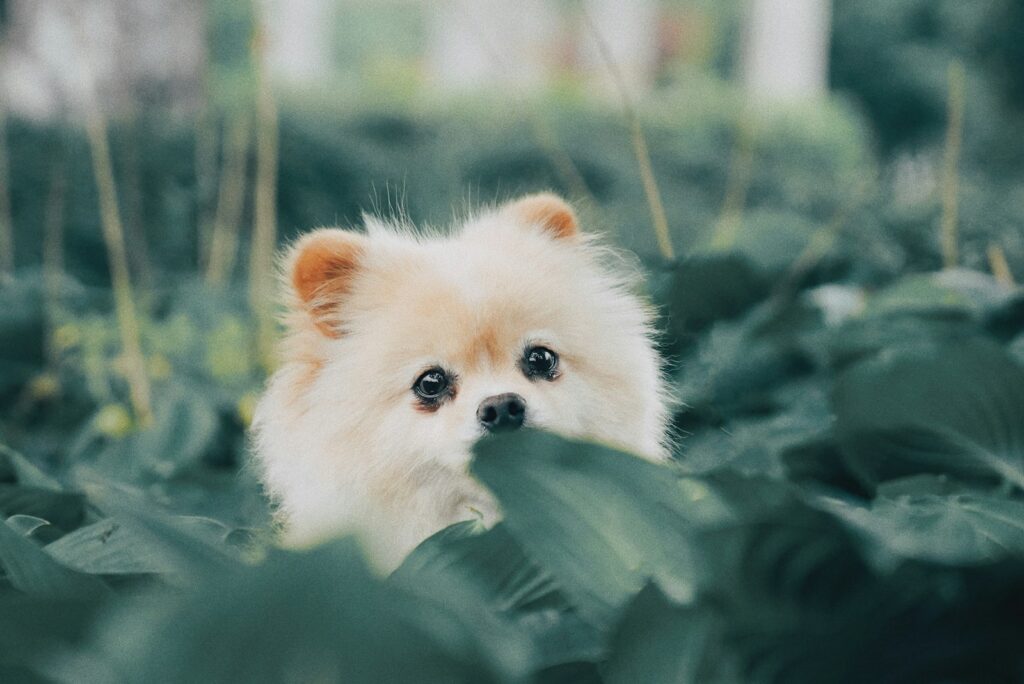
These fluffballs are social media darlings, but behind the tiny frame is a high-strung, vocal, and sometimes anxious dog. They require daily brushing, dental care, and careful handling due to their fragile size. Their tendency to bark at anything and their dislike of being left alone make them tough to manage in busy or quiet households alike.
Great Dane
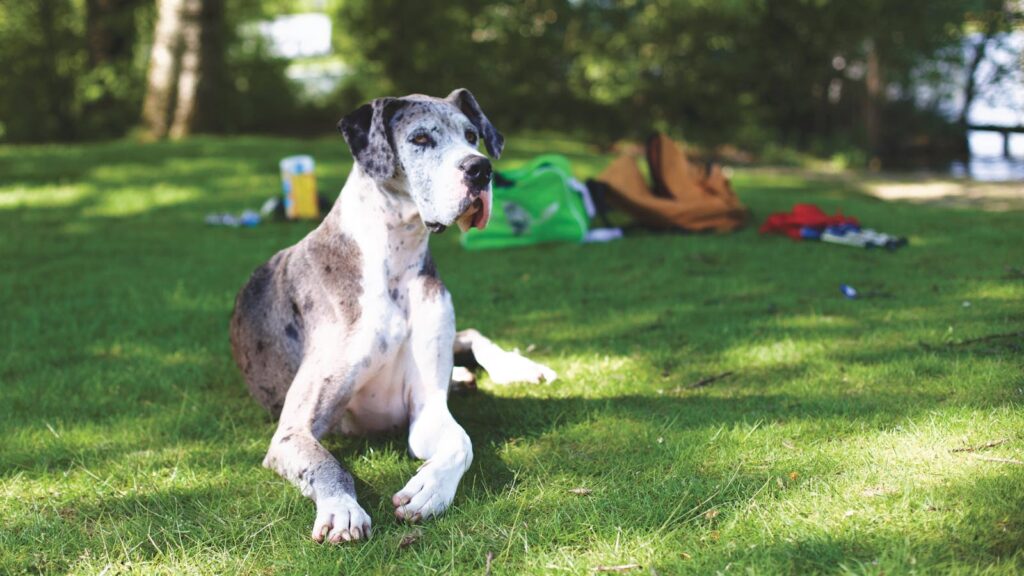
Their gentle demeanor and regal stature attract many, but most new owners aren’t ready for the practical realities. Everything costs more—from food to medical care to dog beds. Their short lifespan, susceptibility to bloat, and need for space and training often lead to emotional and financial strain. It’s heartbreaking how many Great Danes are surrendered when reality sets in.
Shar Pei
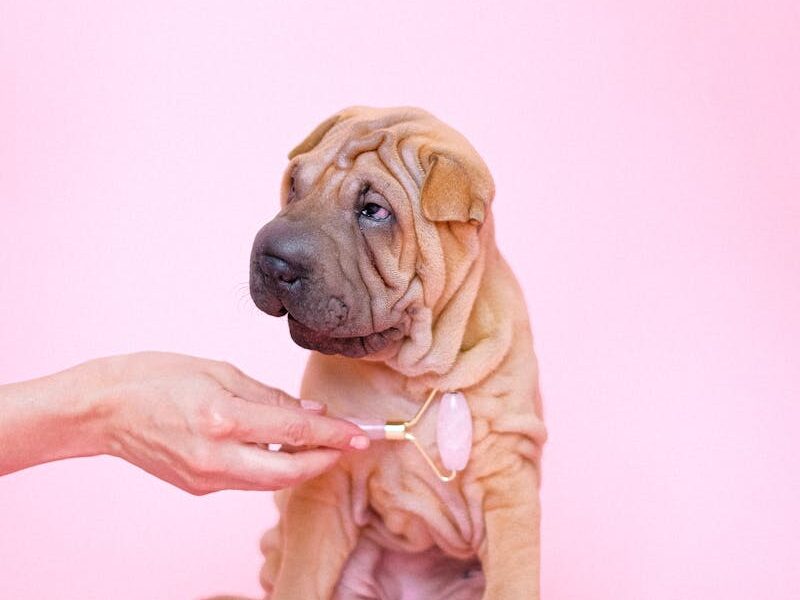
That wrinkly puppy grows into a complicated adult. Shar Peis are prone to serious health issues like skin infections, entropion (a painful eye condition), and chronic inflammation. They can also be reserved, stubborn, and tough to socialize with. Many people get them for their unique look, but quickly find themselves unprepared for the daily care and strong-willed personality.
Border Collie
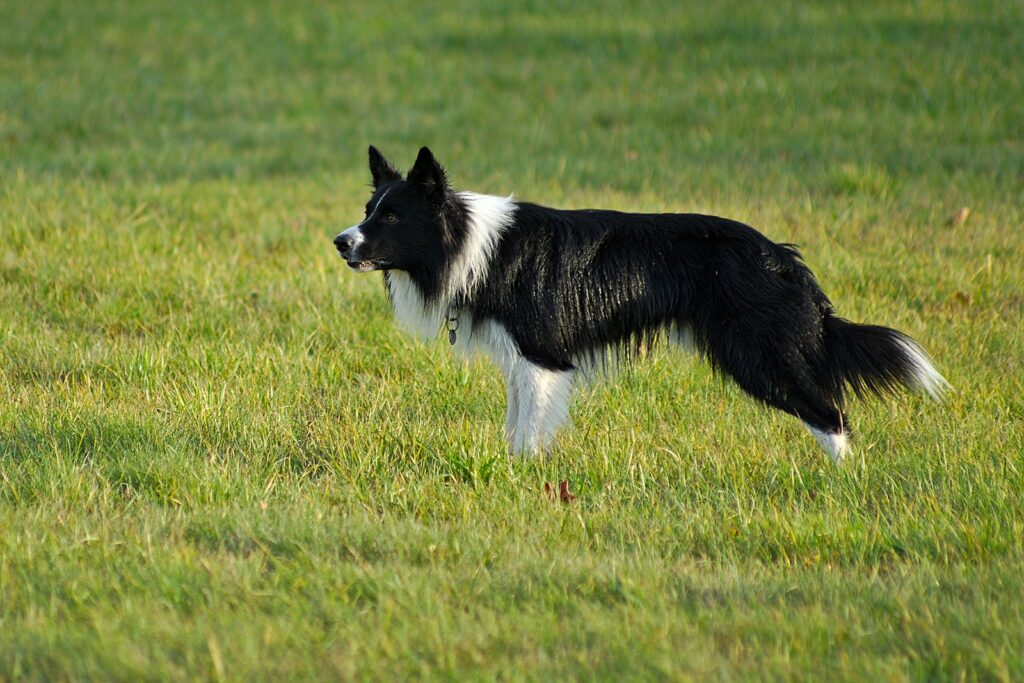
Their striking eyes and athletic build scream “dream dog”—until they’re bored. Border Collies are the Einstein of the dog world, but with intelligence comes endless energy and mental demands. Without complex tasks or work, they become neurotic or destructive. They’re not couch pets, they’re workaholics. Many owners can’t keep up and end up with a miserable, frustrated dog.
Cocker Spaniel
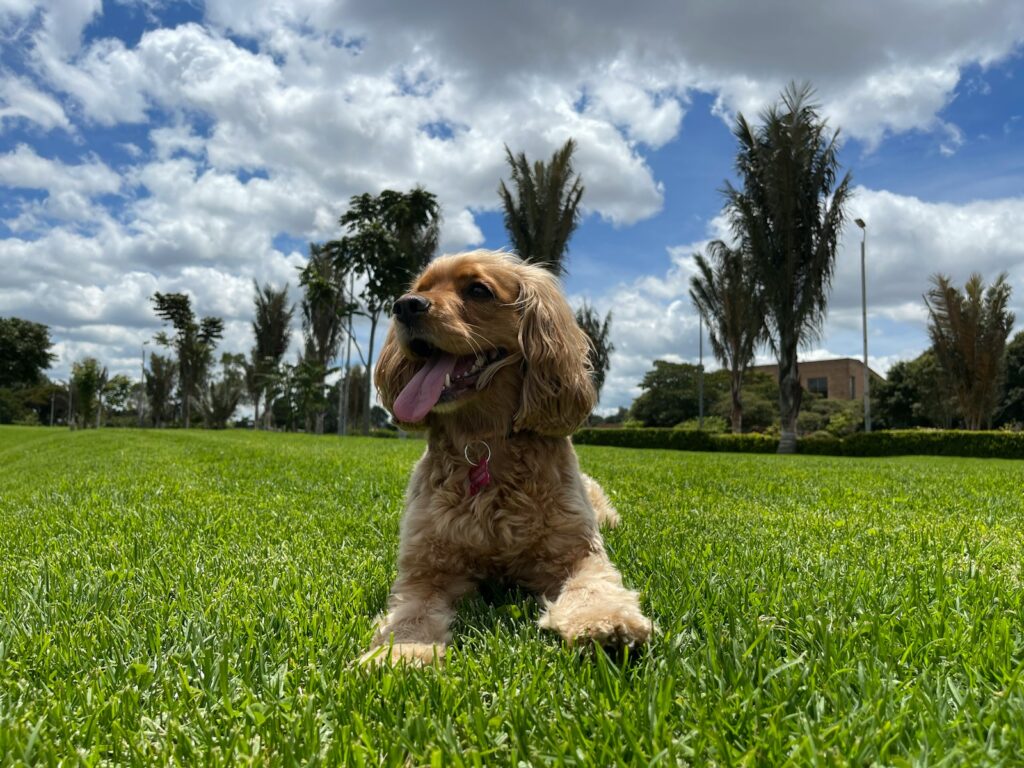
They look gentle and sweet, but many are prone to anxiety, aggression, and extreme sensitivity. Chronic ear infections, grooming demands, and inherited neurological issues like “rage syndrome” can catch owners off guard. Cocker Spaniels need calm, structured households—not noisy, unpredictable ones. Many adopters expect an easy companion and find themselves overwhelmed with a high-maintenance emotional sponge.
Dachshund

Those long bodies and short legs make them adorable, but their backs are dangerously fragile. Many develop spinal issues that require costly treatment or surgery. They’re also stubborn and independent, which surprises people expecting a chill lapdog. Add in their loud bark and strong prey drive, and many realize too late that this “small” dog is a big responsibility.
Old English Sheepdog
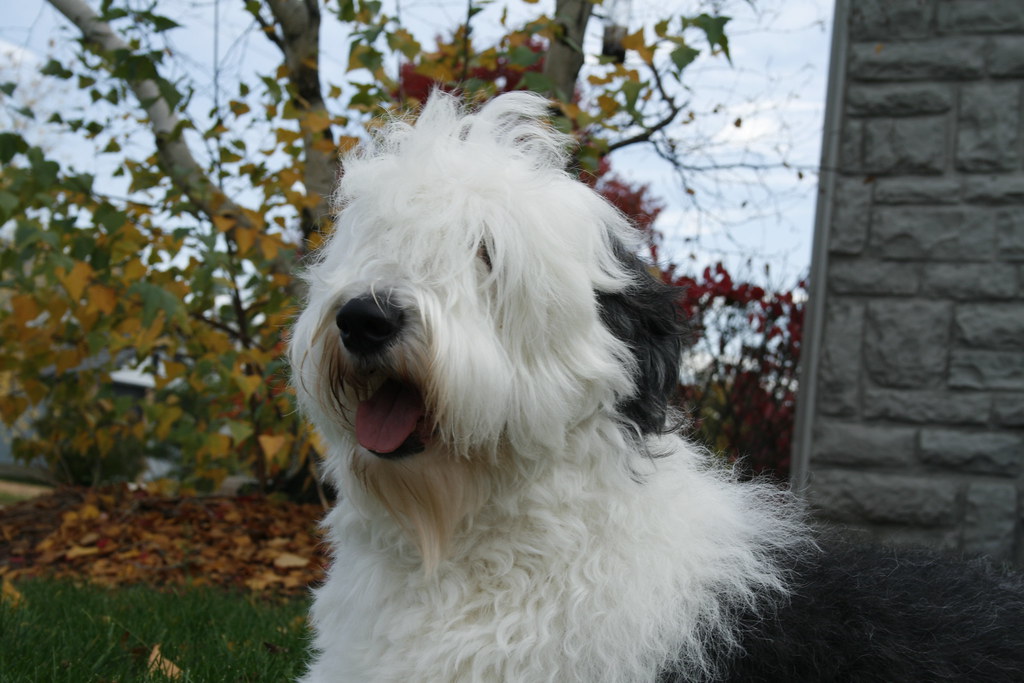
Fluffy and lovable in theory—a matting nightmare in practice. These large dogs require constant coat maintenance or professional grooming. Underneath all that fluff is a strong-willed dog that needs clear leadership and space to roam. Their sheer size, energy, and grooming needs overwhelm many new owners who thought they were just buying a big teddy bear.
Boston Terrier
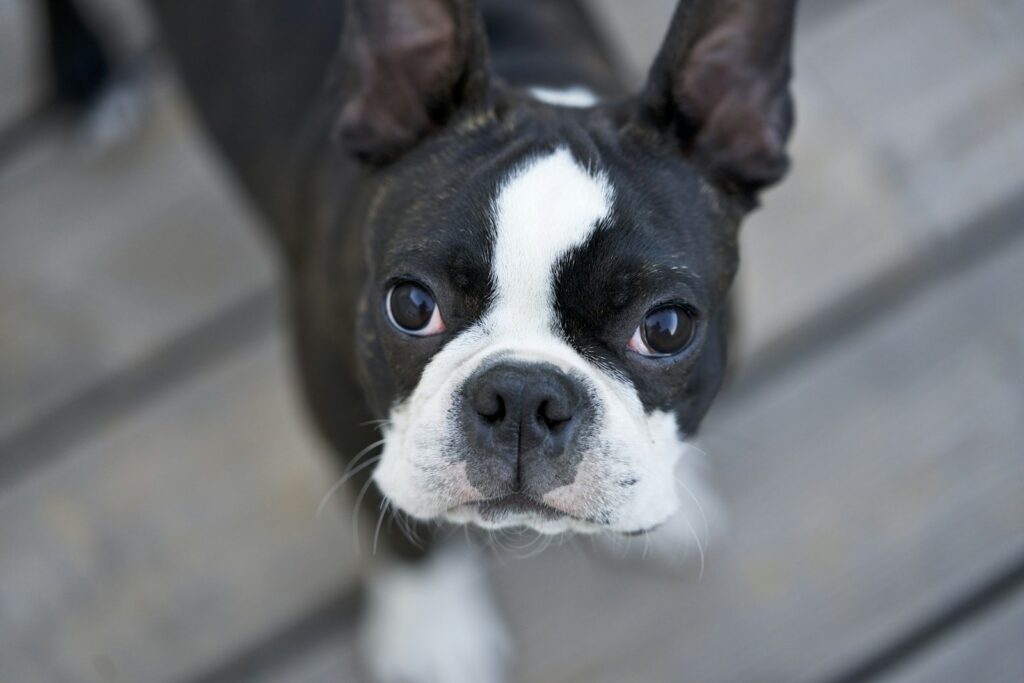
Their expressive faces and compact size make them feel like a safe bet, but they come with quirks. Many have breathing issues, eye problems, and skin sensitivities. They’re often noisy, hyperactive, and stubborn, requiring more training and attention than people expect. What looks like a “starter dog” often ends up feeling like a full-time job.
Akita
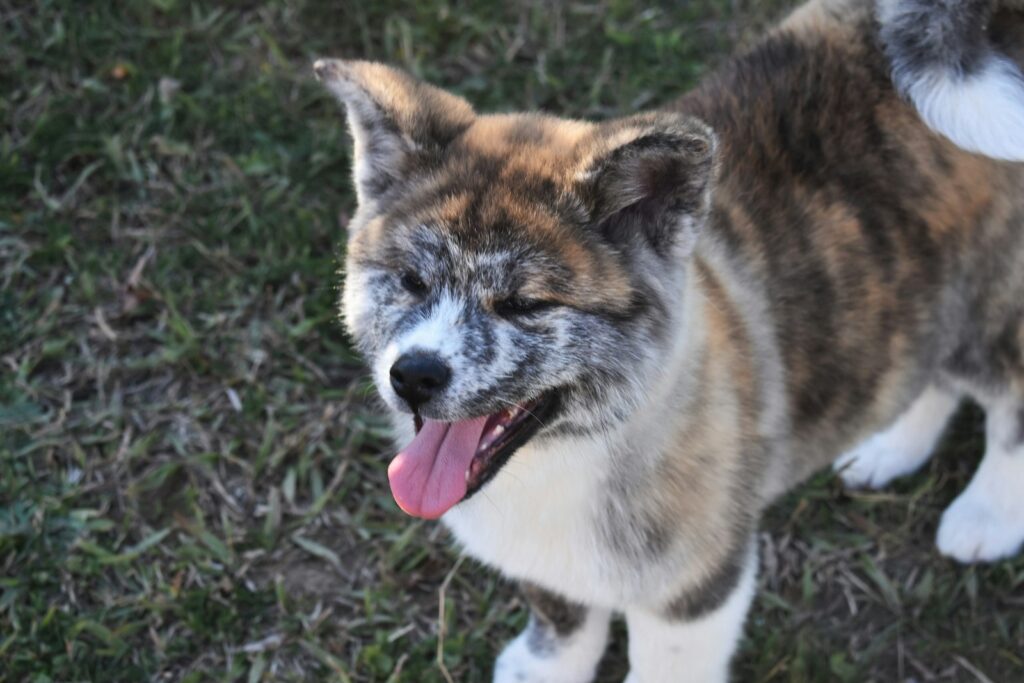
Powerful and dignified, Akitas appeal to people who want a loyal, noble companion. But they can be aloof, aggressive toward other animals, and intolerant of strangers. Their independence and strength make them a terrible fit for inexperienced owners. Training mistakes with an Akita are costly, not just in behavior, but in potential danger to others.
Maltese
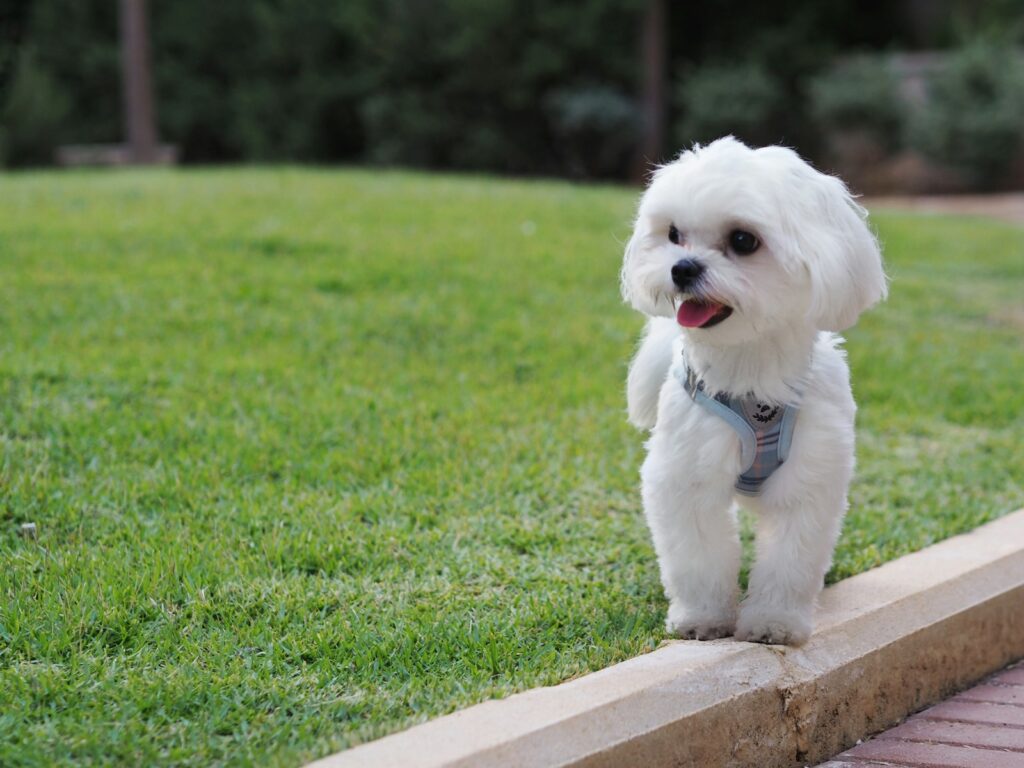
They look like plush toys, but Maltese dogs come with a list of hidden challenges. Their silky white coat needs near-constant upkeep, and they’re prone to tear staining, dental disease, and fragile bones. Emotionally, they attach quickly and suffer from separation anxiety. Many people expect an easy, low-effort pet—and end up with a clingy, high-maintenance diva.
